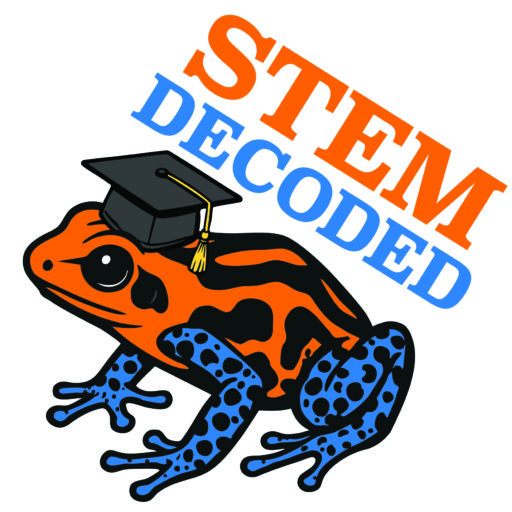By Sahana Lopelly
Every living organism on this planet has a genetic code—a sequence of chemical bases that programs who or what they are. But, what if there was a way to change that? Though it seems completely unreal, genetic engineering has become a very real concept thanks to the CRISPR-Cas9 system. Designed with the intention to precisely rewrite genetic information, CRISPR-Cas9 allows scientists to target, cut, and modify specific DNA sequences in order to treat diseases, study genes, and engineer new biological traits. To understand the gene editing process, it is required to take a closer look at its key components and how they work together to make targeted changes to DNA sequences.
The basis of the CRISPR-Cas9 system is the CRISPR sequence. Through his research in Spain, Francisco Mojica discovered these sequences. What he found that made them unique was that their genome matched snippets of the genome from bacteriophages (Broad Institute, n.d.). What makes this so crucial to understanding the system as a whole is that the CRISPR sequence serves as a permanent genetic record of past viral infections, storing the exact code of invading viruses within the bacterial DNA. This record allows the bacteria to “remember” each virus it has encountered, forming the foundation for its adaptive immune defense. CRISPR was originally found as a bacterial immune defense mechanism, but it has been adapted by scientists to edit genes in a wide range of organisms.
In the bigger picture, there is more that runs the gene editing system. Within the process of gene editing, there are many smaller steps that are taken to ensure that the genome is altered perfectly. When CRISPR is inserted into the target cell, it is made up of two components: sgRNA and Cas9. To start, an RNA strand specific to the target DNA sequence is crafted. This strand of RNA is known as the single-guide RNA (sgRNA), which combines the functions of two natural RNA molecules- the CRISPR RNA (crRNA) and the trans-activating CRISPR RNA (tracrRNA). The sgRNA guides the Cas9 protein to the exact location in the genome where the editing is necessary (Barrangou & Doudna, 2016; Jinek et al., 2012). The target DNA will be followed by a sequence known as the protospacer adjacent motif (PAM). This sequence is essential for Cas9 to bind and cut the DNA. One commonly used Cas9 protein from Streptococcus pyogenes recognizes the PAM sequence “NGG” (MedlinePlus, n.d.; Jinek et al., 2012). If the PAM sequence is not present, Cas9 cannot cleave the DNA and prevent unintended cuts.
Read More